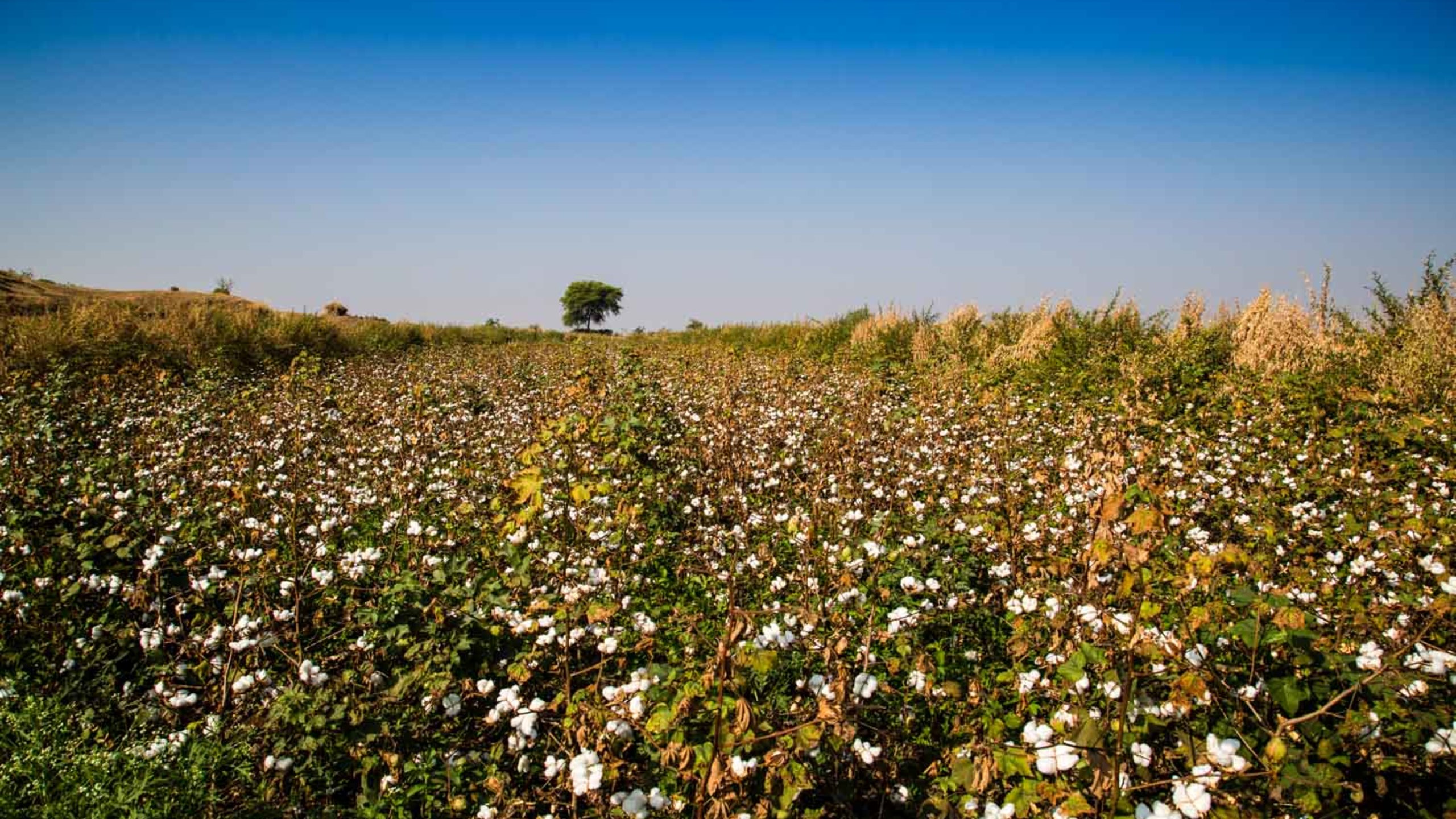Clean Cotton
27 August 2016 C&A Foundation

What did we evaluate?
Clean Cotton (Without Child Labour and Exploitation) [CCWCLE] was initiated in September 2011 in the Indian state of Gujarat, for a period of three years and covering 25 villages.
The aim was to improve the education of migrant children living and working on cotton farms, with a focus on: reducing child labour; promoting the well-being of women, adolescent girls and children; and reducing the use of pesticides.
CCWCLE was implemented by terre des hommes (Tdh), Germany, and two local partners – Anandi (Area Networking and Development Initiatives) and Ganatar – with funding from C&A Foundation.
The external evaluation covered the period 2011-2015.
“Evaluation conclusion: CCWCLE was relevant in creating the necessary conditions and increasing awareness of the rights and needs of migrant families and children by holistically addressing the underlying factors that contribute to child labour.”
Gujarat, India
Results
Reducing Child Labour and Increasing Access to Education:
CCWCLE contributed to the protection of children being forced into labour by increasing their access to education. 90% of local and 70% of migrant children (600) were enrolled in schools. More than 1,500 children of migrant families (75% of total children) were enrolled in 23 bridge farm schools serving 25 villages.
Access to Health Services:
In three years, almost 600 women received health and nutrition services from the Government Health Services, focusing on ante-natal care, safe deliveries and post-natal care. The initiative led to the activation of Primary Health Committees in all 25 villages.
Introducing Pesticide Free Farming (reducing pesticide use):
While meeting its objectives in education and healthcare (the core expertise of implementing partners), the initiative did not report significant outcomes pesticide free agriculture. At the end of three years, 300 youth/farmers (50% of farmers' group members) had created pesticide free plots on their land and started non-pesticide farming.
Major challenges were posed by external factors like deep-rooted cultural convictions, discrimination against the Adivasi (tribal) population, as well as complexities associated with migration. The initiative team developed coping mechanisms to deal with these issues.
What did we learn?
- Embedding close monitoring of disadvantaged, migrant populations is important for design and implementation, given communities are in a constant state of flux;
- A holistic approach involving migrant families, communities and government is necessary to address the issue of child labour. Families need to be supported, on a case by case basis, to keep children in school in destination and home (source) villages.
- Maintaining flexibility in the delivery of services is important, for example, keeping bridge schools as make-shift installations that can move every six months according to number of children in migrant settlements;
- When addressing an often-hidden issue, it's important to draw on the capacities of local implementing partners to mobilise actors at the community level. Support is needed from local self-governing bodies and schools, government officials and teachers.
- There are inherent risks in designing initiatives which are non-core to implementing partners or depend on partnership with others. CCWCLE was not successful at reducing pesticide use in cotton farming as it was beyond the capacities of local partners.
Reducing child labour in the 25 villages was a complex task. The positive outcomes achieved during the initiative period are expected to be sustained, given that migrant communities now have improved access to government services.
Evaluation conclusion: CCWCLE was relevant in creating the necessary conditions and increasing awareness of the rights and needs of migrant families and children by holistically addressing the underlying factors that contribute to child labour.
